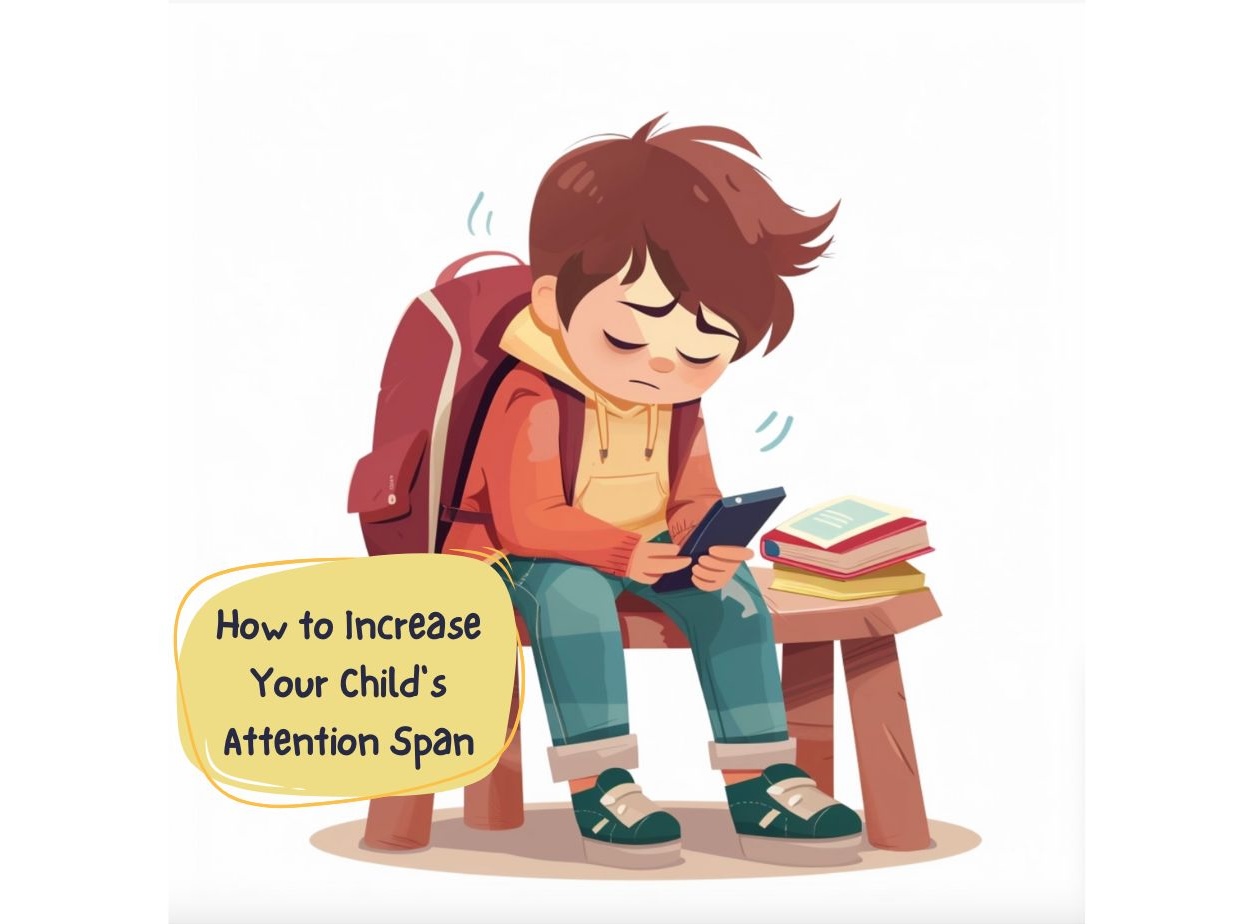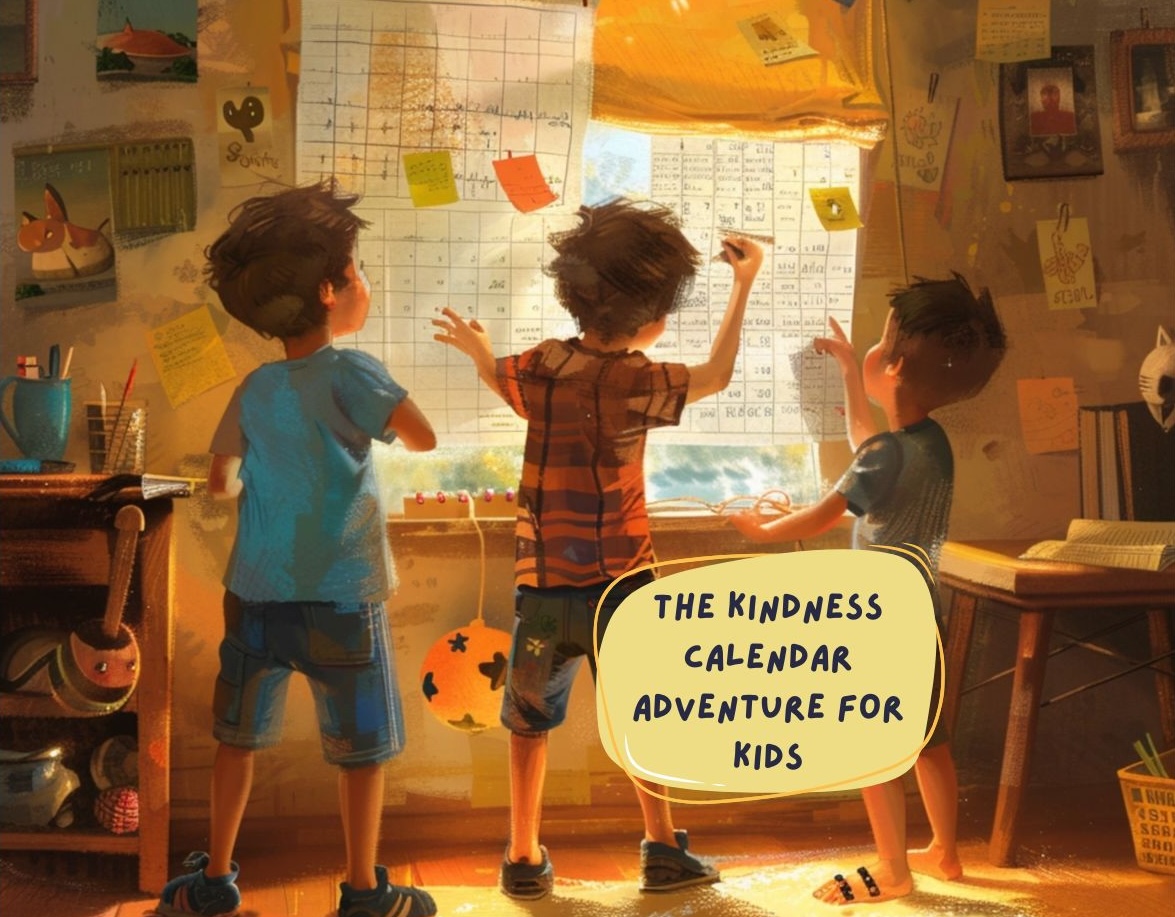How to Raise a Grateful Kid Using Activities

Gratitude in Children’s Lives
The world is full of amazing moments! But in the headlong dash of daily life, we do not have time to notice and appreciate them. We do not take the time to feel grateful for all the good things that happen to us. But taking things for granted is what we should avoid at all costs.
What Is Gratitude?
Gratitude is the ability to be aware of and appreciate the gifts of life. We can feel it everywhere. You can be grateful to a favorite aunt who presents you with knitted socks or grateful to the nature that creates a beautiful star-studded sky. But there are also ordinary days. In most cases, we are busy preparing for a meeting or making a to-do list about how we will spend holidays. We do not have time to stop and savor the moment.
Being grateful is an art to learn. And the sooner you start, the better. Children learn new things faster than adults. For this purpose, you can use the gratitude activities for kids, which will be discussed below.
Why Teach Children Gratitude?
Let’s look at scientific data. A 2011 research in a scientific journal reports that a feeling of gratitude is beneficial to those aged 13-16. Grateful teens are happy with their lives, and they are eager to take part in mass events or pursue a hobby. But it is better to teach children to be grateful as early as possible. Thus, they will have a sense of gratitude from childhood.
Nevertheless, there is no need to impose such a value on a kid, arguing that etiquette books say he has to be thankful. That is an argument, which doesn’t make sense for children. Say, instead, that he will be happier if he appreciates the people around him. It matters indeed since mental health is at stake. Have a look at five gratitude games to teach thankfulness to your kids.
4 Simple Everyday Gratitude Activities
- #1 Give a Thank You Note
You may involve in this activity even toddlers. Offer your kiddy to write a note. If they can’t do it themselves, ask them to come out with the message or help to form it. One should not follow material reasons. It would be quite enough to write something like “thank you for playing with me yesterday”.
- #2 Create a Flower of Gratitude
First, try to create a paper flower with at least five petals. Do it together with the kid. Write down at the center of a flower the name of a person a child is grateful to. Then use petals. Ask a kid to write on them the reasons to be grateful for. One petal – one reason. Offer to present this flower to a person whose name is at the center or try to create a bed of flowers.
- #3 Create a Gratitude Tree
It is one of the most popular gratitude activities for kids. Do a twig or get a real one. The task is to make paper leaves, and then write on it the reason to be grateful. Stick them on a twig. Each time a child is ready with a leaf, decorate the tree with it. Actually, you may not bother with all this. There are alternatives such as gratitude activities and worksheets. But children like do-it-yourself tasks, so they will be grateful to you for spending time with them.

- # 4 Gratitude Caught on Camera
If your child is old enough to take photos, ask him or her to catch on camera the stuff he or she is thankful for. One can make an album of gratitude.
- # 5 Gratitude Jar
This idea is similar to “20 reasons why I love you“, and allied stuff. A cookie jar will be enough. Both preschoolers and school students will like this gratitude game. There are no precise rules; thus, you may adjust them to your needs.
Speaking of rules, house rules can be fun if parents make them so.
One has to fill a jar with gratitude each time there is a cause for it. Putting a date is optional. Get the notes out of the jar every Sunday and then discuss them together with the children.
At Last
This list of gratitude activities for kids is never-ending. You can come up with your own ones or look for more information about teaching kindness. Gratitude is an essential quality in our hard world. Show the children how to be happy. It will definitely help them in the future.
More articles

How to Increase Your Child’s Attention Span
In the whirlwind of modern life, where distractions abound, and attention is a prized commodity, parents often grapple with concerns about their child’s ability to focus and sustain attention. In a world filled with screens, notifications, and endless stimuli, cultivating a robust attention span in children has become more challenging. However, by understanding the factors […]

The Crucial Values to Instill in Your Child by Age 10
Parents must shape their children into compassionate, resilient, and responsible individuals. The formative years, mainly by age 10, represent a critical juncture in a child’s development, offering a prime opportunity to instill essential values that will serve as the foundation for their character throughout life. This period is a fertile ground for nurturing qualities that […]

The Kindness Calendar Adventure for Kids
What is a Kindness Calendar? Imagine having a unique map that guides you to sprinkle kindness everywhere during your busy days! That’s what a Kindness Calendar is – it’s not just a calendar; it’s your fun companion on a journey of spreading good vibes. Let’s uncover the magic of this calendar and explore why it’s […]


